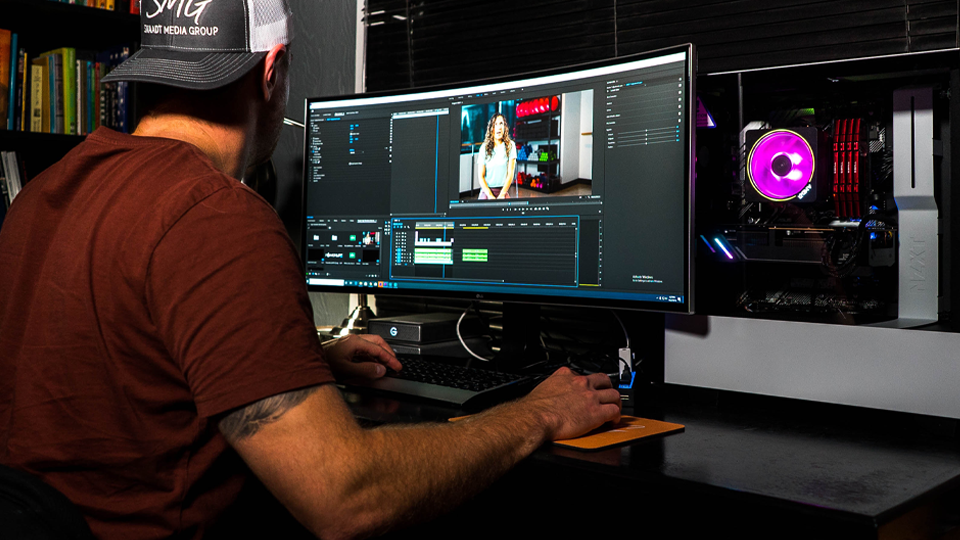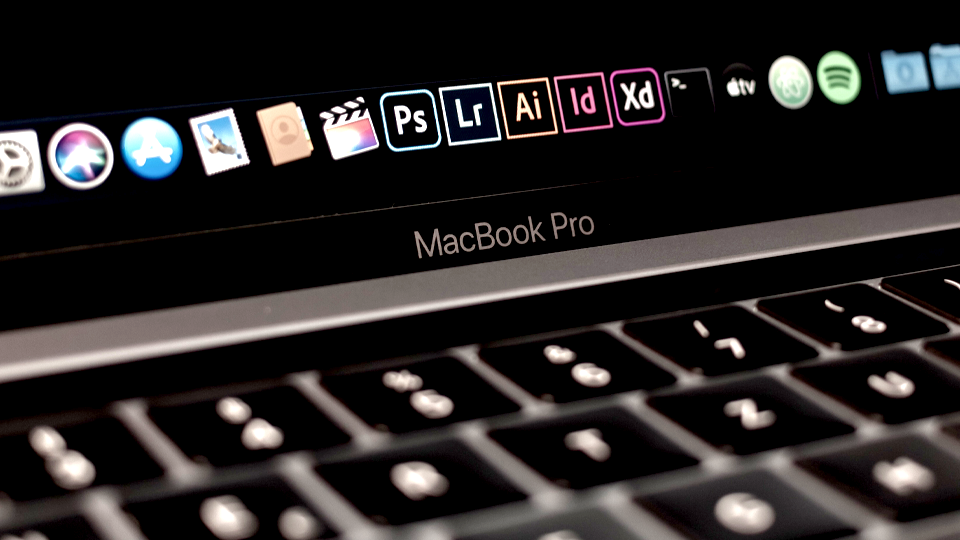Got (network) jitter? Why cloud technology is your answer to A/V sync issues
The Editors

6 Minutes

Let’s discuss network jitter and how to rid it from your studio.
Every email, text message, photograph or video you share digitally is transmitted in “packets” over a given network. When you send or receive an email, look up information on a website or stream a game or movie, digital information is being sent to your computer in groups of packets.
But let’s simplify it even more. Think of receiving a text message from someone: Your friend presses send, a second or two passes and then the message is received by your device.
That message was sent in a small group of packets, and they took some time (albeit just a few seconds) to reach your device. When you stream a live video or game you're receiving many, many, packets in a constant stream, and each of these packets can take a different amount of time to reach your device. The time it takes a packet to reach its destination is known as latency.
The difference in latency, or the difference in time it takes a packet to reach its destination, is known as jitter. If every packet takes the same amount of time to travel, you have no jitter. If some of the packets take longer to arrive than others, you have of jitter.
Don’t ignore the jitterbug.
While jitter might not be a big deal if you are sending emails, if you are doing anything in real-time—think: gaming, video calls or cloud-based video editing—then having network jitter can be the difference-maker in consistency, feel and overall quality. As jitter is introduced, users will experience inconsistencies, typically in the form of dropped frames, stuttering, or lag.
What could be causing network jitter?
One of the downsides of using a wireless network is a lower-quality network connection. Wireless networks have to compete with other signals and are constantly battling against interferences from other networks, cell phones, electrical frequencies, etc. Because of these frequent interferences, wireless network connectivity is a major factor.
How can you reduce jitter?
The simplest and easiest way to reduce network jitter is to switch to a wired connection. Ethernet cables offer a much stronger, consistent and reliable connection to internet. This strong connection normally results in a drastically more consistent, and therefore jitter-free, network.
For anyone editing on a cloud-based workstation to experience optimal performance Suite recommends being connected to their network via ethernet whenever possible. And make sure your network is being used efficiently. Remember those 30 Google Chrome tabs that you have open? Yeah…. it may be time to close those.
Does this mean you need an ethernet connection to edit on Suite?
Nope! We have many users that edit full-time through their WiFi connection. Just keep in mind— while using WiFi, as opposed to a hard-wired connection, there is a higher chance of experiencing jitter from time to time. Sometimes this is no problem and you can continue to work without issue. But if you’re experiencing real symptoms of the jitterbug, it may be time to switch to ethernet, maximize your connectivity and rid yourself of the problem.




































